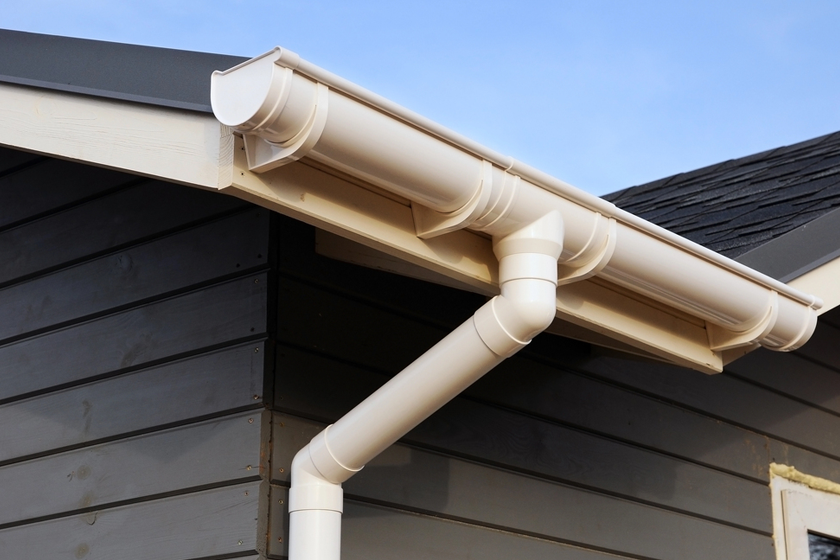EPDM rubber roofing is a durable and cost-effective solution for many properties, but like any roofing material, it may develop damage over time. Knowing how to patch an EPDM roof can save property owners time, effort, and money by extending the life of the roof without needing a full replacement. This guide outlines the materials, tools, and steps needed for a successful repair.
Understanding the Materials and Tools Required
Patching an EPDM roof starts with preparation. Gather materials such as an EPDM patch, primer, lap sealant, and an all-purpose cleaning agent. These items work together to create a lasting bond between the roof surface and the patch.
The tools include a utility knife, paint roller, steel roller, tape measure, cleaning rags, and a plastic smoothing tool. Each item plays a role in ensuring the repair is smooth and watertight. Having these on hand before starting avoids interruptions and helps keep the process efficient.
Preparing the Surface for Repair
Proper preparation is one of the most important steps in repairing EPDM roofing. Begin by cleaning the damaged area thoroughly. Use an all-purpose cleaner to remove dirt, oxidation, and other buildup that may interfere with the adhesive. Dry the surface completely before moving to the next step.
Cleanliness is key here. Any residue left on the surface can weaken the patching process, leading to potential leaks in the future.
Cutting and Applying the Patch
Measure the damaged section carefully to determine the size of the patch needed. Cut a piece of EPDM material that is at least two inches larger on all sides of the damaged area. This overlap provides better coverage and helps prevent further issues.
Round the corners of the patch. Sharp corners are more likely to lift over time, which can compromise the repair.
Next, apply an even layer of EPDM primer to the cleaned area. Use a paint roller for consistent application. Extend the primer slightly beyond the edges of where the patch will go to create a secure bond.
When placing the patch, different techniques depend on the material:
- Pressure-sensitive patches involve peeling off the backing and pressing the patch firmly in place. Use a steel roller to smooth it out and remove any air pockets.
- Glue-down patches require adhesive on both the patch and the primed area. Once tack-free, press the patch into position and roll it firmly.
Sealing the Patch Edges for Long-Term Durability
Once the patch is secured, sealing the edges is the final step. Use lap sealant to create a watertight barrier around the patch. Apply a generous bead of sealant along the edges and use a smoothing tool to spread it evenly. This step not only keeps water out but also adds an extra layer of protection to the repair.
Why Regular Maintenance Matters
Repairs are an opportunity to inspect the rest of the roof for potential issues. Regular maintenance helps catch small problems before they escalate, ensuring your EPDM roof stays in good condition for years. Simple practices like cleaning debris or inspecting seals can prevent future damage and extend the roof’s life.
Looking for Expert Help? Here Is How We Can Assist
At Monastery Roofing, we have extensive experience with EPDM roofing installation and repairs. Whether it is a minor patch or a more complex issue, our team of professionals in Maine is equipped to handle it with precision and care. We understand the unique challenges of maintaining EPDM rubber roofing and work closely with you to ensure your roof remains safe and functional.
Contact us for reliable solutions that protect your home and fit your budget.

